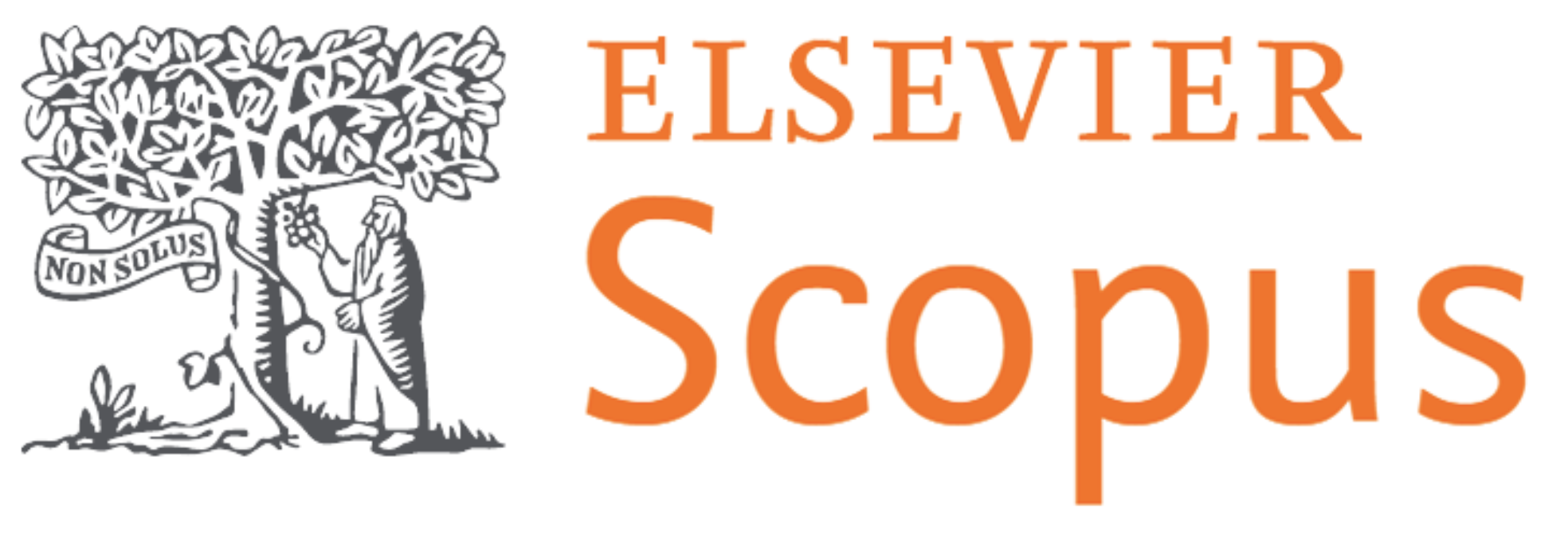SYNTHESIS OF PHYTOALEXINS IN SOYBEAN AND SORGHUM FOR EXTRACTS AND TINCTURES BELONGING TO THREE FOREST SPECIES
DOI:
https://doi.org/10.17765/2176-9168.2016v9n3p617-633Keywords:
Aqueous crude extract, Resistance induction, TincturesAbstract
Technological intensification in modern agriculture and the indiscriminate use of fungicides for weed control are damaging the environment and enhance the rise of pathogens resistant to chemical products. Alternative control that would be efficient in the population control of pathogens in plants, less aggressive to the environment and to human beings, is desirable. The activation of defense mechanisms, such as the production of phytoalexins, may be a feasible alternative in the resistance and disease control in cultivated plants. Current paper verifies the capacity of phytoalexin induction in soybean cotyledons and in sorghum mesocotyls derived from the aqueous crude extracts and tinctures of forest plant species such as Hyemenolobium petraeum (angelim), Qualea albiflora (cambará) and Corymbia citriodora (eucalyptus). Results showed that aqueous crude extracts are efficient in the induction of glyceoline-type phytoalexins in soybean cotyledons, with eucalyptus as the species with the highest accumulation of the compound. The aqueous crude extracts from angelim and cambará in sorghum mesocotyls induced the accumulation of deoxyanthocyanidin phytoalexins at low concentrations (1 and 5%). Tinctures induced the production of phytoalexins at concentration 10 and 15% in soybean cotyledons without the production of phytoalexins in sorghum mesocotyls.Downloads
Published
2016-09-20
How to Cite
Matiello, J., Raasch-Fernandes, L. D., Berber, G. de C. M., Trento, R. A., & Bonaldo, S. M. (2016). SYNTHESIS OF PHYTOALEXINS IN SOYBEAN AND SORGHUM FOR EXTRACTS AND TINCTURES BELONGING TO THREE FOREST SPECIES. Revista Em Agronegócio E Meio Ambiente, 9(3), 617–633. https://doi.org/10.17765/2176-9168.2016v9n3p617-633
Issue
Section
Agrobusiness
License
A Revista se reserva o direito de efetuar, nos originais, alterações de ordem normativa, ortográfica e gramatical, com o intuito de manter o padrão culto da língua, respeitando, porém, o estilo dos autores. As opiniões emitidas pelos autores são de sua exclusiva responsabilidade.Os direitos autorais pertencem exclusivamente aos autores. Os direitos de licenciamento utilizado pelo periódico é a licença Creative Commons Attribution
 Creative Commons Atribuição 4.0 Internacional. São permitidos o compartilhamento (cópia e distribuição do material em qualquer meio ou formato) e adaptação (remixar, transformar, e criar a partir do trabalho, mesmo para fins comerciais), desde que lhe atribuam o devido crédito pela criação original.
Creative Commons Atribuição 4.0 Internacional. São permitidos o compartilhamento (cópia e distribuição do material em qualquer meio ou formato) e adaptação (remixar, transformar, e criar a partir do trabalho, mesmo para fins comerciais), desde que lhe atribuam o devido crédito pela criação original.










